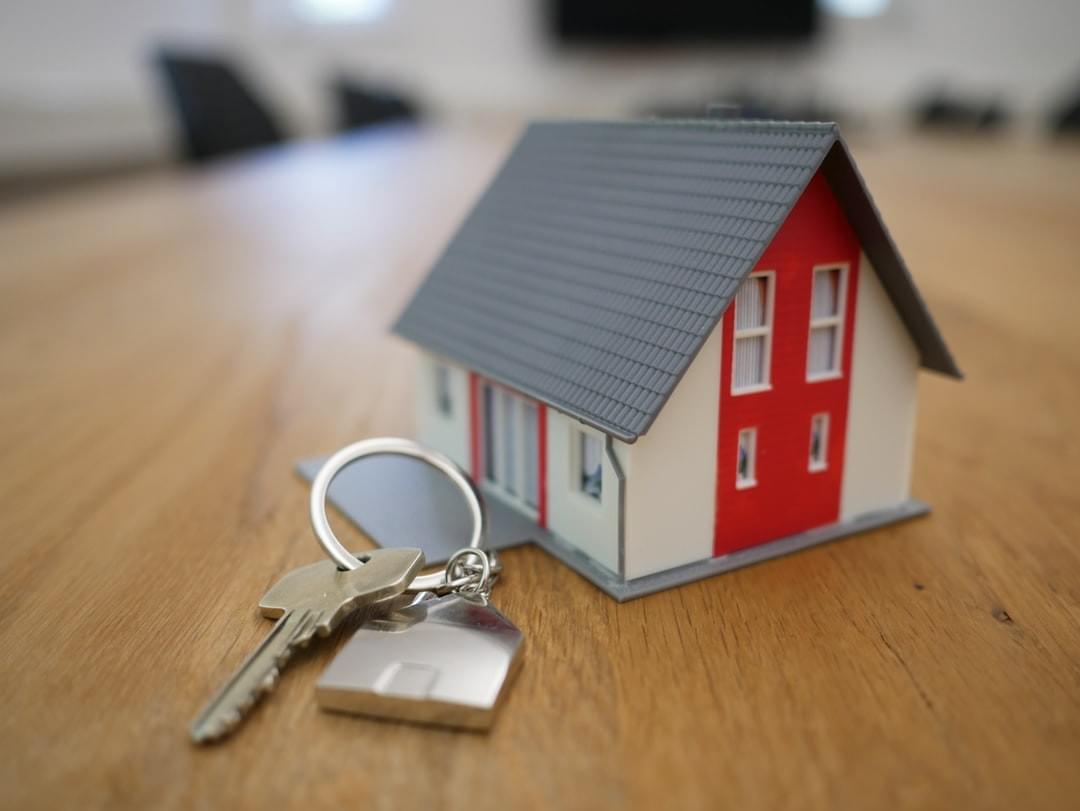
Second mortgages, also known as junior liens, are private loans secured by your home against the owner's primary mortgage. Depending on when the second mortgage is borrowed, the loan can often be structured into either a second mortgage on one property or as a series of related piggyback second mortgages. A second mortgage is a more complicated loan than a first mortgage because it is secured against a different property. It is a loan that is subordinate to your first mortgage and the proceeds are based on the fair market value of the underlying property at the date of the loan.
There are two types of second mortgages. You can take out a second mortgage on just one property, which is referred to a "first time" second mortgage, or you can take out second mortgages on multiple properties. The former type of second mortgage is referred to as a first time second loan. In this case, you borrow the money for the total amount of the first mortgage plus any applicable closing costs (if any), plus a little more. You must remember that this will only cover the interest on the loan and does not include any of the home equity you have built up in the property. If you take out a second mortgage on multiple properties, the total you can borrow is limited to the amount of the second mortgage plus whatever additional amount is agreed upon between the two parties.
The second mortgage that is taken out in this example will be subordinate to the first loan and will be a lien against the property. This means if you default on the payments on the second mortgage then the lender can foreclose on your home. The foreclosure process begins with a Notice of Default. This notice tells you that you are in default of the first loan and demands that you make good-faith efforts to pay back the money. If you fail to do so, then according to the terms of the notice, you will receive an automatic ninety-day notice of foreclosure followed by an additional thirty-one days for the foreclosure to occur. Open this page for more information about second mortgages.
Second mortgage loans can also have variable interest rates. This is one of the advantages, as it allows the lender to adjust the rate as interest rates change. The first mortgage loan probably wouldn't have had such adjustable interest rates, but since the two loans are subordinate, the interest rates are the same. This makes for a more flexible lending program, especially if the two mortgages are secondarily related.
The second mortgage would receive the proceeds from the sale of the property after the proceeds from the first mortgage had been paid. This amount is called the balloon payment and is the entire gap between the original mortgage amount borrowed and the current market interest rate. The owner of the property after the sale is held responsible for the entire balance.
However, there are also disadvantages to these types of second mortgage payments. Some borrowers don't have much extra money to put up for a large purchase, so this may not be a viable option. Also, the amount borrowed may not cover all of the costs associated with the project. It may take many years before the borrower obtains a profit from his or her investment. These loans are also usually secured with home equity that hasn't been fully used up, so they carry a higher risk than other types of loans. Check out this alternative post to get more informed about the topic: https://www.encyclopedia.com/social-sciences-and-law/law/law/mortgage.